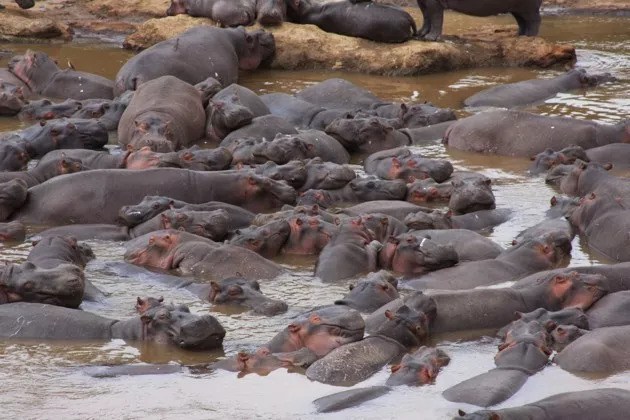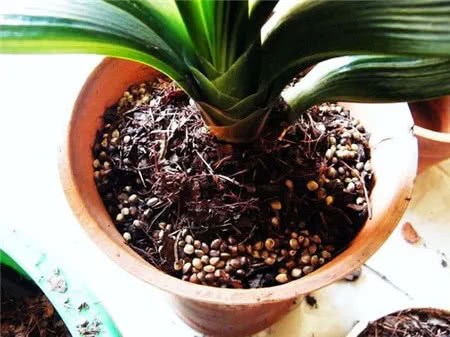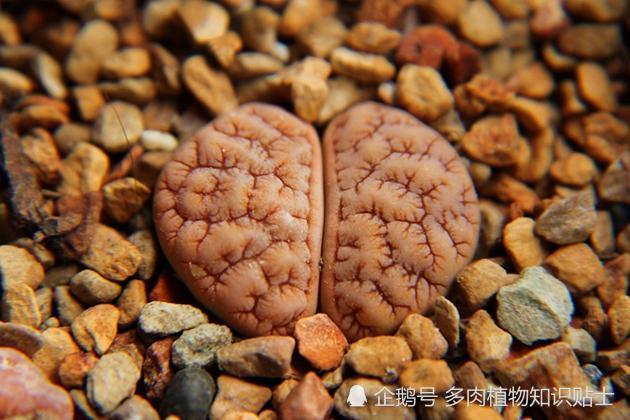Fish: I never thought I could die like this

On a bridge on the border between Kenya and Tanzania, Chris Dutton and Amanda Subalusky noticed that every time the Mara River rises by tens of centimeters, dead fish are washed ashore, sometimes in thousands, but they still don't understand why the fish keep dying.
Storks, vultures, crocodiles and hyenas get rid of dead fish quickly, so if you don't see it with your own eyes, you won't even know it's dying. Local rangers are aware of the phenomenon, but they attribute it to farmers spraying pesticides in the fields upstream.
Hippo poop kills fish.
In fact, the culprit is not the farmers. Dutton and Subarusky have conducted a series of increasingly daring experiments, including remote control of ships, computer simulations, the construction of temporary dams and large water tanks containing excrement. Finally, they found the real reason-the hippopotamus.
Hippopotamus pool. Picture: Chris Dutton
The couple published their own research results, and the title of the paper was very polite: "the organic load produced by hippopotamus leads to supply overload, resulting in downstream hypoxia and fish death." the hippopotamus sometimes shits too much. Suffocate the fish.
Hippos usually graze on the grass at night and then return to the river during the day to keep cool and prevent being burned by the sun. When they roll in the water, they often excrete urine and feces. This section of the Mara River is only 100km long, but there are about 4000 hippopotamus and the 8.5t of waste they discharge every day. "if you put a net in the water downstream, within seconds, the whole center of the net will be covered with hippopotamus droppings." Dutton said, "there is shit from the river horse everywhere on the stone and under the riverbed."
Watch out for fecal spray. Picture: badarun / basenotes.net
Construction of dam in hippopotamus pool
During the dry season, when the Mara River becomes narrower and shallower, hippos in some rivers are particularly concentrated-and so are their feces. Hippopotamus is an aggressive and dangerous animal, and only the most desperate researchers will bravely enter the so-called "hippopotamus pool". Dutton and Subarusky did not do so. They sent out a remote control ship equipped with sensors to detect the hippo pool. They found that the mud and water at the bottom of the hippopotamus were almost a mess, filled with ammonia, methane, hydrogen sulfide and other bizarre chemicals. And because bacteria consume almost all the oxygen in the water when digesting accumulated hippopotamus feces, these places are very anoxic.
The hippopotamus is wary of remote-controlled boats. Picture: Amanda Subalusky
When it rains heavily, a large amount of Rain Water flows into the hippo pond, stirs up the rotten dirt and flushes it downstream, just like flushing a toilet, a phenomenon known as flushing. To study the current, Dutton and Subarusky used oxygen recorders, whose readings showed that the current significantly reduced the oxygen content in the lower reaches of the river, thus suffocating the fish.
They specially designed experiments to test this point of view. They added hippopotamus droppings to the water bottle to prove that the dissolved oxygen content of the water in the bottle decreased. They also put water containing feces into an "experimental stream" (a long plate used to simulate a river). Even so, they still yearn for more real experiments. "We were talking about using ponds to create water, and other researchers said, 'Why not build a small dam?'"
A small dam built by two people. Picture: Amanda Subalusky
Dutton and Subarusky were so inspired that they used sandbags to cut off the water supply to a nearby pond in the hippopotamus territory, but they did not patronize it very often. Their assistant got them a large truck, two large 4000-liter water tanks and a large waste water pump. They used these things to transfer 16000 liters of hippopotamus manure to artificial ponds. When they removed the sandbags, the data showed a significant decrease in oxygen levels downstream.
Transfer hippopotamus manure to an artificial pond. Picture: Chris Dutton
This is the second published study on how hippopotamus manure affects the river environment, following a similar study by Keenan Stiles (Keenan Stears) of the University of California, Santa Barbara, in Tanzania's Grand Ruaha River. Unlike the Mara River, the water of the Daruaha River is heavily consumed by the farms upstream. During the dry season, the river will be completely cut off, and the hippopotamus in the basin will be confined to small ponds isolated from each other.
Stiles found that hippopotamus ponds had less oxygen than those with fewer hippopotamus, with half the diversity of fish and invertebrates and only 4 per cent of the fish population. Only during the rainy season, when the river reconnects the ponds, does the diversity and population of fish and invertebrates increase.
Check for dead fish. Picture: Chris Dutton
Stiles estimates that about 94 per cent of African hippopotamus live in rivers such as the Daruaha, which have either begun to dry up or are likely to dry up later with climate change. "our findings reveal new issues related to the whole of Africa." He said.
What is an undisturbed river like?
Research by Dutton and Subarusky shows that even in relatively undisturbed rivers such as the Mara River, hippos and their oxygen-consuming waste can sometimes be a problem. And their research has prompted us to rethink what "undisturbed" means.
They point out that large numbers of migrating wildebeest drown in the Mara River, bringing 1100 tons of bodies to the river each year, nourishing the Serengeti. "the Mara River is really a unique system." Subarusky said. Hippopotamus and wildebeest act as "conveyor belts", transporting land nutrients into the water in the form of feces and corpses, which flow through herds of elephants, thousands of zebras and antelopes.
The body of a wildebeest floating on the river. Picture: Christian Beier / cbpictures.com
In this way, the Mara River reflects the possible appearance of rivers around the world, that is, before humans wantonly slaughtered mammoths, bison and other giant animals: the river is not gurgling water, but full of corpses and rotting droppings; downstream, occasionally a group of unfortunate aquatic animals suffocate. (editor: Ent, lava)
This article authorizes the transfer of self to the scientist iScientist.
I'm a scientist.
IScientist
Id: IamaScientist
"I'm a scientist. I'll do popular science."
Calendar Niang today's avatar
Hippopotamus family Hippopotamus
This article was first published in the fruit shell network. I am a scientist iScientist.
- Prev

When changing pots in autumn, you should pay attention to these long greenery.
Gentleman orchid is a kind of flower that many people like to raise, it is noble and elegant. It's autumn. Do you know how to change the pot for Magnolia? When changing pots for magnolia, detach it from the flowerpot and remove the soil above the root system.
- Next

I like to be short and sturdy and take pictures of my own representative of the mother of barren jade.
Thank you for the material of Sunshine believers, raw stone, flowers and jade.
Related
- Wuhan Hospital Iron Tree Blooming Result Was Instantly Frightened by the Gardener Master
- Which variety of camellia is the most fragrant and best? Which one do you like best?
- What is the small blue coat, the breeding methods and matters needing attention of the succulent plant
- Dormancy time and maintenance management of succulent plants during dormancy
- Minas succulent how to raise, Minas succulent plant pictures
- What are the varieties of winter succulent plants
- How to raise succulent plants in twelve rolls? let's take a look at some experience of breeding twelve rolls.
- Attention should be paid to water control for succulent plants during dormant period (winter and summer)
- Watering experience of twelve rolls of succulent plants
- Techniques for fertilizing succulent plants. An article will let you know how to fertilize succulent plants.

